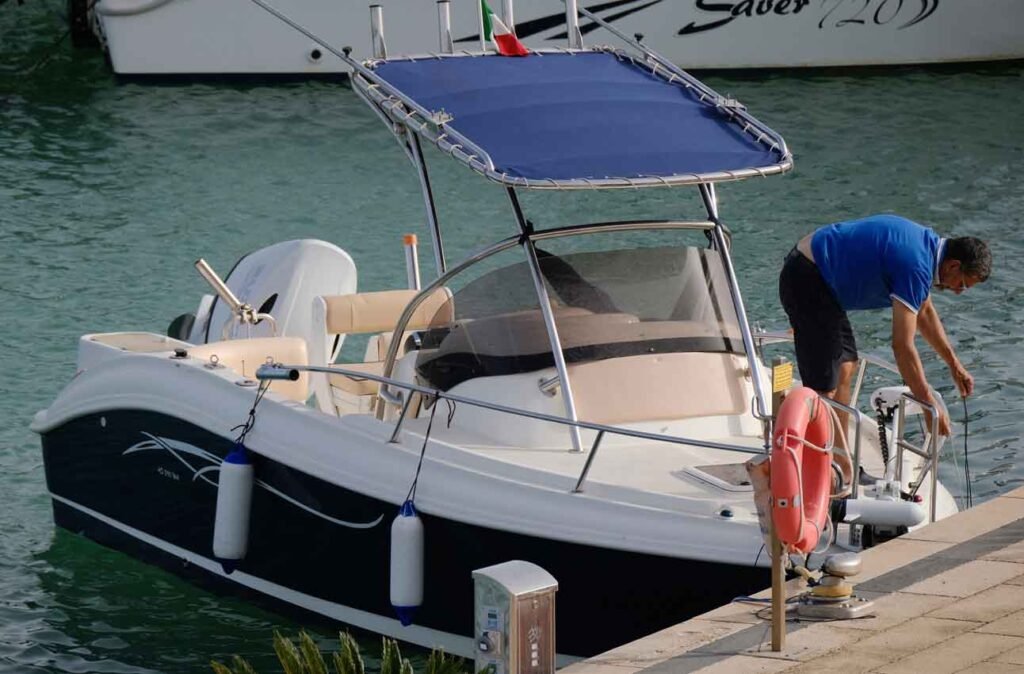Securing your vessel safely is one of the most critical aspects of boating. Whether you’re anchoring in a secluded bay or docking at a busy marina, having the right equipment can make the difference between a peaceful day on the water and a stressful experience. Understanding what gear you need and how to use it properly will help ensure your boat—and your peace of mind remains protected.
Every boat owner knows that feeling of uncertainty when approaching a dock or preparing to anchor. The gentle reassurance that comes from having reliable, well-maintained equipment cannot be overstated. Quality boat anchoring and docking supplies provide the foundation for confident boating, allowing you to focus on enjoying your time on the water rather than worrying about your vessel’s security.
Understanding Boat Anchoring Equipment
Choosing the Right Anchor for Your Needs
Selecting an appropriate anchor depends on several key factors: your boat’s size, the type of seabed you’ll encounter, and the conditions you typically boat in. Different anchor styles excel in different environments, and understanding these differences will help you make an informed choice.
Sand Anchors work exceptionally well in sandy or muddy bottoms. These anchors dig deep into soft substrates, providing excellent holding power for extended stays. They’re particularly popular among recreational boaters who frequent coastal areas with sandy bottoms.
Plough Anchors offer versatility across various seabed types. Their design allows them to penetrate and hold effectively in sand, mud, and even some rocky conditions. This makes them an excellent choice for boaters who explore diverse waterways.
Reef Anchors feature multiple prongs designed to grip rocky or coral surfaces. While they require careful handling to avoid damage to marine environments, they provide reliable holding in areas where other anchor types might struggle.
Essential Anchor Components
A complete anchoring system involves more than just the anchor itself. You’ll need appropriate chain and rope combinations, typically starting with several metres of chain connected to the anchor, followed by rope for the remaining length. This chain-rope combination provides the ideal balance of holding power and weight distribution.
Consider anchor weights ranging from 4kg to 13kg, depending on your vessel’s size. Smaller boats may perform well with lighter anchors, while larger vessels require more substantial equipment to ensure secure holding.
Protecting Your Hull with Quality Fenders
Understanding Fender Types and Applications
Boat fenders serve as your vessel’s primary protection against impact damage during docking and mooring. These inflatable or solid barriers absorb the energy from contact with docks, other boats, or marine structures, preventing costly hull damage and maintaining your boat’s appearance.
Modern fenders come in various shapes and sizes to accommodate different vessel types and docking situations. Cylindrical fenders work well for most general applications, while flat fenders suit boats that dock alongside walls or in tight spaces.
Proper Fender Sizing and Placement
Selecting appropriately sized fenders requires consideration of your boat’s weight, freeboard height, and typical docking conditions. Larger, heavier vessels need more substantial fenders to absorb greater impact forces effectively.
Position fenders at key contact points along your hull, typically focusing on the widest beam area and any points that might contact the dock first. Adjustable fender lines allow you to reposition protection as needed for different docking scenarios.
Winch Systems for Effortless Handling
Manual vs Electric Winches
Anchor winches transform the physical challenge of retrieving heavy anchors and chain into a manageable task. Manual winches work well for smaller boats and lighter anchor systems, requiring human power but offering reliable, straightforward operation.
Electric winches provide significant advantages for larger vessels or when handling heavier ground tackle. These systems reduce physical strain and enable single-handed operation, particularly valuable during challenging conditions or when crew assistance isn’t available.
Trusted Winch Brands and Features
Quality winch manufacturers like Lewmar, Maxwell, Muir, BLA, and Savwinch offer systems designed for marine environments. Look for features such as corrosion-resistant materials, robust construction, and appropriate load ratings for your specific needs.
Consider both gypsy and drum winch configurations. Gypsy winches work specifically with chain, while drum winches accommodate rope. Some systems offer combination capabilities, providing flexibility for different anchor rode configurations.
Complete Anchoring and Docking Kits
All-in-One Solutions
Complete anchoring kits eliminate the guesswork from equipment selection. These comprehensive packages typically include an appropriately sized anchor, suitable chain and rope combinations, and necessary hardware for installation.
Kits designed for specific boat sizes ensure compatibility and adequate holding power. They often represent excellent value compared to purchasing components separately while providing peace of mind that all elements work together effectively.
Maintenance and Storage Considerations
Proper maintenance extends equipment life and ensures reliable performance when you need it most. Rinse anchors and chain with fresh water after each use, particularly after exposure to saltwater. Store equipment in dry, ventilated areas to prevent corrosion and deterioration.
Regular inspection of all components helps identify wear or damage before it becomes problematic. Check rope for fraying, examine chain links for wear, and ensure winch operation remains smooth and reliable.
Making the Right Investment
Quality anchoring and docking equipment represents a crucial investment in your boating safety and enjoyment. While initial costs might seem significant, reliable gear provides years of dependable service and helps protect your vessel from potentially expensive damage.
Consider your specific boating patterns, typical conditions, and vessel requirements when making equipment decisions. Consulting with experienced marine professionals can provide valuable insights tailored to your particular situation.
Boat Hut offers comprehensive selections of anchoring and docking supplies from trusted manufacturers, ensuring you have access to quality equipment backed by expert advice and reliable support. Their extensive range covers everything from individual components to complete systems, making it easy to find exactly what your vessel needs for safe, confident operation on the water.


